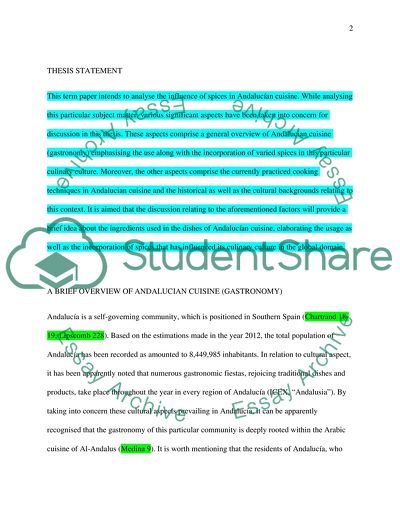Cite this document
(Andalusia - Land of Mediterranean Fusion Cuisine Term Paper, n.d.)
Andalusia - Land of Mediterranean Fusion Cuisine Term Paper. Retrieved from https://studentshare.org/family-consumer-science/1831267-andaluca-land-of-mediterranean-fusion-cuisine
Andalusia - Land of Mediterranean Fusion Cuisine Term Paper. Retrieved from https://studentshare.org/family-consumer-science/1831267-andaluca-land-of-mediterranean-fusion-cuisine
(Andalusia - Land of Mediterranean Fusion Cuisine Term Paper)
Andalusia - Land of Mediterranean Fusion Cuisine Term Paper. https://studentshare.org/family-consumer-science/1831267-andaluca-land-of-mediterranean-fusion-cuisine.
Andalusia - Land of Mediterranean Fusion Cuisine Term Paper. https://studentshare.org/family-consumer-science/1831267-andaluca-land-of-mediterranean-fusion-cuisine.
“Andalusia - Land of Mediterranean Fusion Cuisine Term Paper”, n.d. https://studentshare.org/family-consumer-science/1831267-andaluca-land-of-mediterranean-fusion-cuisine.


